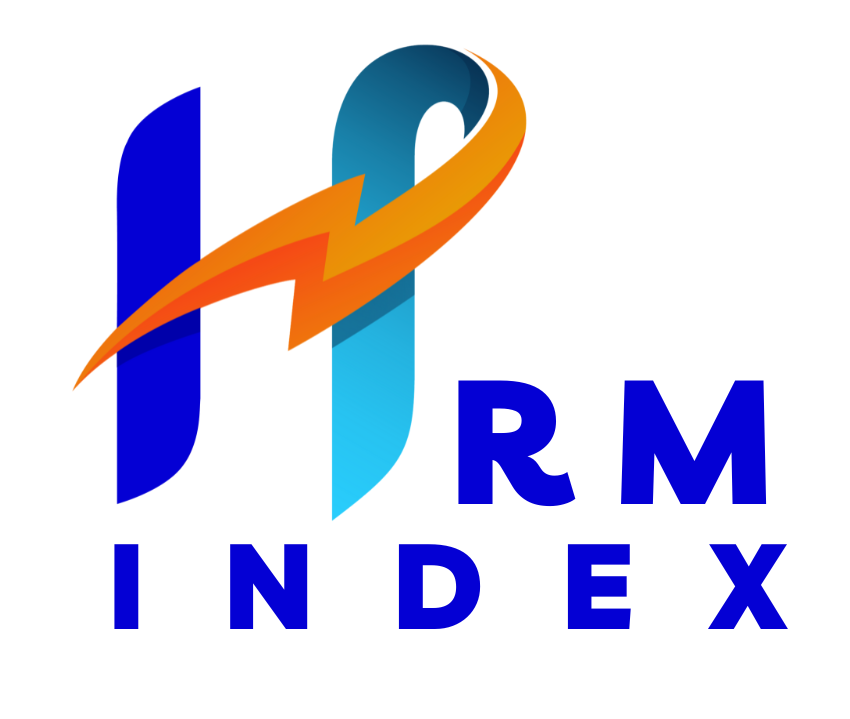Conducting a thorough and effective literature review is essential for any best phd thesis writing services. It provides the foundation for your research by summarizing existing knowledge and identifying gaps. Here are some best practices for conducting a literature review:
- Understand the Purpose:
- Purpose: The literature review helps you:
- Demonstrate familiarity with the topic.
- Develop a theoretical framework and methodology.
- Position your work in relation to other researchers.
- Show how your research addresses gaps or contributes to debates.
- Importance: Writing literature reviews is crucial for graduate school applications and research careers.
- Purpose: The literature review helps you:
- Search for Relevant Literature:
- Comprehensive Search: Use academic databases (e.g., PubMed, Google Scholar, JSTOR) to find relevant articles, books, and conference papers.
- Citations: Check the references of relevant papers for additional sources.
3. Evaluate and Select Sources:
-
-
- Quality: Ensure your sources are reliable, peer-reviewed, and relevant to your research.
- Recent Research: Prioritize recent publications, but also include seminal works.
-
4. Identify Themes, Debates, and Gaps:
-
-
-
- Themes: Group similar studies together based on common themes or research questions.
- Debates: Identify conflicting viewpoints or unresolved issues.
- Gaps: Note areas where research is lacking or where contradictory findings exist.
-
-
5. Outline Your Literature Review’s Structure:
-
-
-
-
- Organize: Decide how you’ll structure your literature review (chronological, thematic, methodological, etc.).
- Subheadings: Create subheadings for different themes or topics..
-
-
-
6. Write Your Literature Review:
-
- Introduction: Set the context and explain the purpose of the review.
- Body: Summarize and analyze relevant studies. Compare and contrast findings.
- Conclusion: Recap the main points, highlight gaps, and suggest future research.
See Also : What are some common mistakes to avoid in thesis writing?
